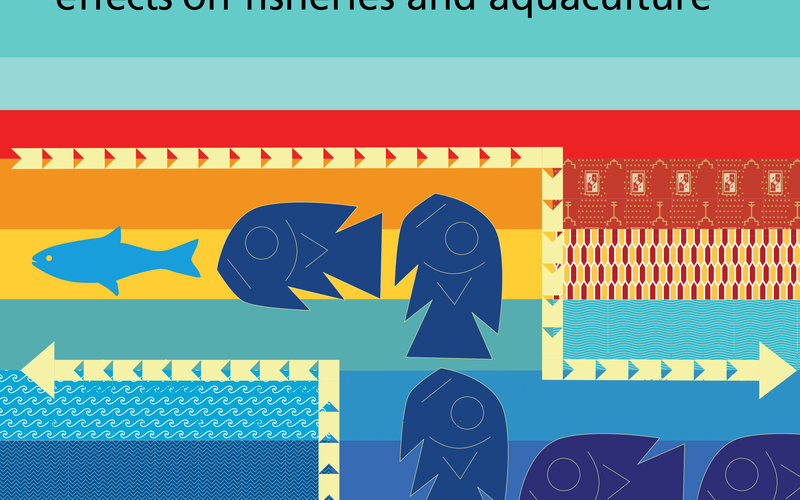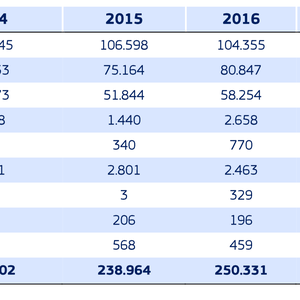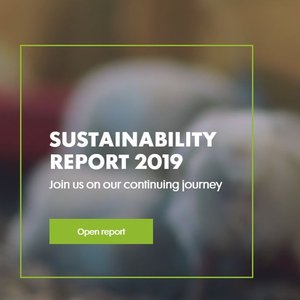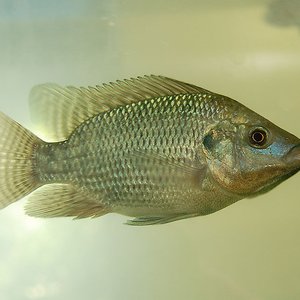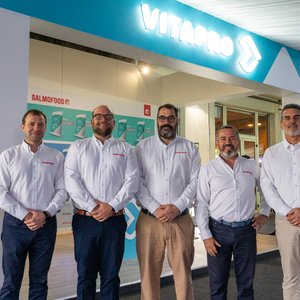Climate variability related to El Niño Southern Oscillation (ENSO) affects many sectors such as agriculture, water and aquatic resources. In 2016, the Emergency and Rehabilitation Division of the FAO requested the FAO Fisheries and Aquaculture Department further investigate the impacts of ENSO on the fisheries and aquaculture sector and suggest planning strategies and mitigation measures.
The report El Niño Southern Oscillation (ENSO) effects on fisheries and aquaculture aims to synthesize current knowledge on the impact of the variety of ENSO events on fisheries and aquaculture in the context of a changing climate, and identifies existing and/or recommended adaptation/coping strategies to address ENSO-related events.
In Chapter 8, the report examines ENSO impacts on aquaculture and whether it affects production at global, regional and national (top 10 producers in 2016) levels, as well as in the species/categories that dominated aquaculture worldwide between 1950 and 2016. Results showed that there were no obvious large-scale differences in production between different ENSO categories or El Niño event types. However, certain ENSO conditions (La Niña and Extreme El Niño) were more often associated with larger variations in production anomalies, indicating that they have more scope to produce shocks in the aquaculture sector.
The most commonly cultured species showed relatively limited variation associated with ENSO, but unfed taxa (plants and molluscs) were the most affected groups. Of the different El Niño event types, CP El Niño (plants, molluscs) and Extreme El Niño (molluscs, crustaceans, fish) were associated with the largest production anomalies.
Download the report here.


